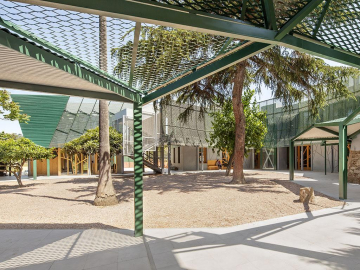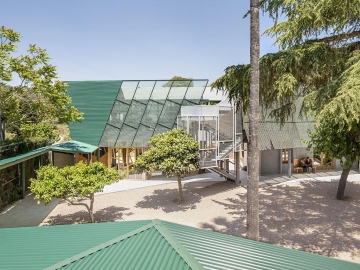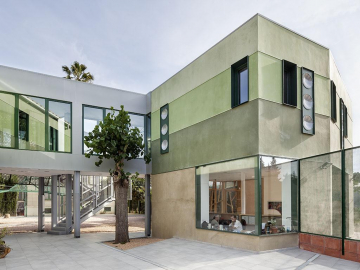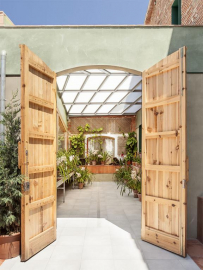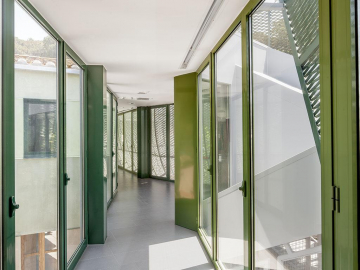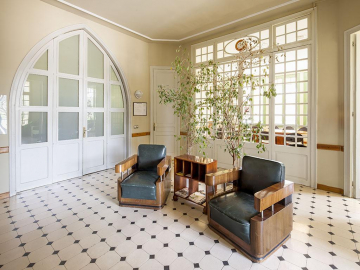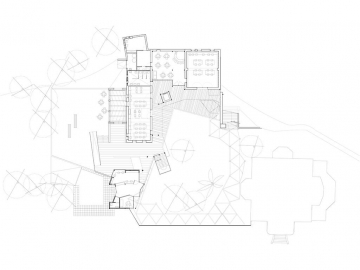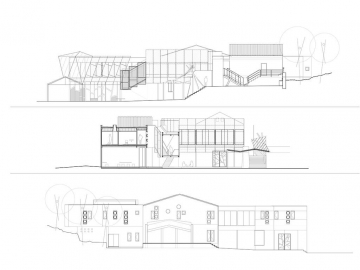Can-Zariquiey Health Centre
The project about overlaying, adding layers, to feel and make appear the memory of the place, the first building and the buildings around it that compose the place, and people who have lived in these; their memories and their lives, buildings and people.
This is a house where constantly people come, and go and where those who remain are responsible for keeping the memory of the place and explain it.
This is definitely a temporary home, a house that you ve moved to but later, circumstantially a house you will abandon and accompany you to the next, perhaps the final one.
The same applies to the constructions. The first and original remains to incorporate new spaces naturally, as if they belonged to the site in a while. The idea is that new buildings provide a new optimism in a fluid dialogue between the old and the new, between the older and newer.
Previously, this health facility complex consisted in a main building, and two auxiliary buildings apart from the first.
The proposal links both auxiliary pre-existing buildings maintaining its use as a workshop in the ground floor and adding rooms in the first floor. Thus, a single L-shaped geometry dialogues with the main building. Between both shapes a patio is defined as a relation space and the main outdoor space of the complex.
The functional programme defined by the owners consists mainly in the extension of the auxiliary pre-existing buildings through the coverage of the patio between them.
A corridor is proposed as a system for the entrance and exit of the workshops and the rooms on the first level. It surrounds the central space of the courtyard. This corridor is a transition between the inner part of the workshops and the patio.
The addition of rooms in the programme will allow concentrating the internal activities and the management of the main building, apart from giving the patients more spaces in the new building.
The proposal establishes a great difference between what is maintained and what is newly built. Therefore, the façades and the gable roofs of the old buildings are refurbished with the minimum interventions.
On the other hand, the exterior T-shaped gallery which links both buildings has a very different tectonic appearance. It is supported by a metallic structure covered with multilayer panels. The new intervention is built with a dry process, with semi-industrial materials which build the corridor, a filter between the rooms and the exterior.
The project works with materials of the place, the same materials that were used 150 years ago to build Can Zariquiey, stone, brick, tile and wood. The new building is clad in a new layer, a metallic fabric that protects from the sun throughout the building façades exposed to the sun and use the perimeter spaces glass and the same orquidiarium become spaces for winter heat capture. Energy collection systems with photovoltaic panels and solar panels for hot water are added.

